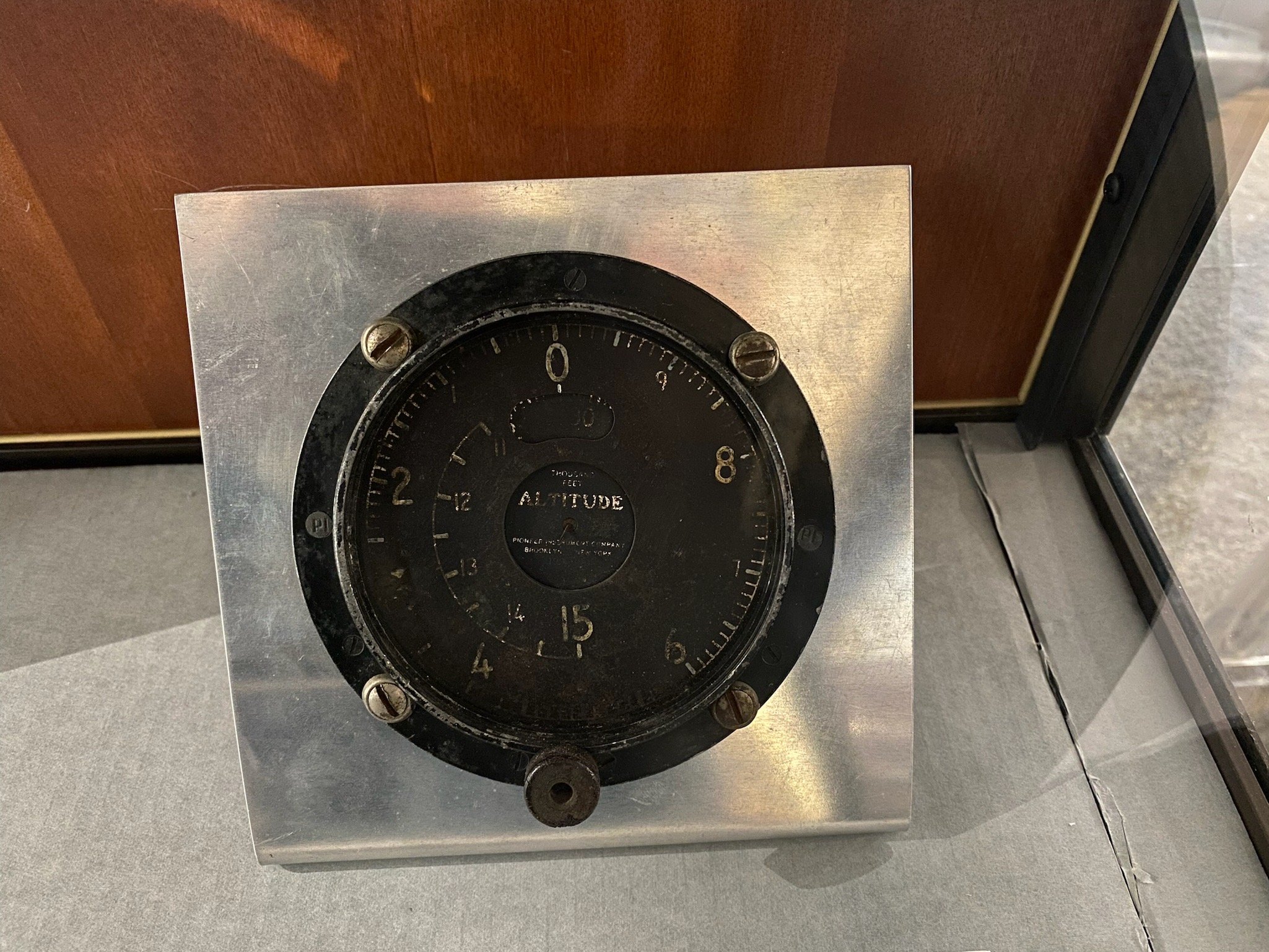How Cover Art Shaped My Story, Part Three
There’s a game out there called Two Truths and A Lie.
It’s played at parties, at corporate “team building” exercises, anywhere where people want to break the ice and get to know each other better.
The way it works is simple. I approach you with three statements about myself. You need to figure out which one is the lie.
1. My father missed my birth because he and my doctor were watching a rocket launch
2. I once made the local news by rescuing a dog about to drown in a frozen pond
3. I am related to Billy the Kid
This game is an extremely valuable exercise when it comes to writing horror, because it illustrates an important point. For a story to be plausible, you must surround your world with truth. You must make everything else seem reasonable, so when the strangeness comes your reader is willing to make the jump. You’ve given them enough truth, that they believe your lie. (By the way, the lie about me in the exercise above is #2 : )
For my second novel in my series, Thin Places, I had a setting in mind—The Pine Barrens of New Jersey. But I didn’t have much truth to hang off it. The Jersey Devil was what made the place famous, but the creature didn’t hold much interest for me. I’m a character-driven horror writer. I need interesting people caught up in bizarre situations for my work to really shine.
Emilio Carranza with his ill-fated plane
Enter Captain Emilio Carranza Rodriguez, “the Mexican Lindberg”. I learned about him in a marvelous guidebook, Weird New Jersey, Volume Two.
In 1928, at the height of his fame, Emilio Carranza landed in New York City after flying a goodwill mission from Mexico City to Washington D.C. As the aviator was celebrating the end of his journey, a telegram arrived from his commanding officer. He was ordered to return to Mexico. No reason was given, but he was told to “leave immediately without excuse or pretext, or the quality of your manhood will be in doubt.”
There were fierce thunderstorms around New York City at the time. Even though his hero Charles Lindbergh urged him not to fly in such dangerous conditions, Carranza still went.
A man picking blueberries in the Pine Barrens found the wreckage of his plane and Carranza’s body the next day. His plane had been literally torn apart by the powerful storm.
Or had it?
This is where the horror writer uses truth comes in with the what-if questions.
· What if that telegram had been a set-up?
· What if someone lured him to the Pine Barrens?
· What if a creature was summoned to rip his plane out of the sky?
As I embarked on more research of Carranza, I learned another fascinating fact. When he was a member of the Mexican Air Force, he had taken part in a mission to put down a local native uprising. This tribe, the Yaqui, believed the world was made of overlapping worlds that they called aniam. One of them was yo ania, an enchanted world.
Sounds like a thin place, doesn’t it?
So, I had enough truth. Here’s where the imaginative leap came in.
· What if the Yaqui people opened a portal, summoned a creature, and then lured Carranza into the Barrens with a fake telegram? As revenge for killing members of their tribe?
This was a perfect fit for the cover art that Paul Carrick created. The red in the background was from Emilio Carranza’s plane crash. A crash that was caused by the creature that danced in the glow of the destruction.
Even better, I could put Emilio Carranza’s ghost into my story. It is rumored that Carranza’s spirit still haunts the crash site. According to Weird New Jersey, you can summon him “if you park your car, flash the headlights on the memorial three times, and yell ‘Emilio’ out the window, you will see his plane.”
And that, my friends, is how a writer plays two truths and a lie.
Emilio Carranza with the altimeter (right) currently on display at the San Diego Air and Space Museum



